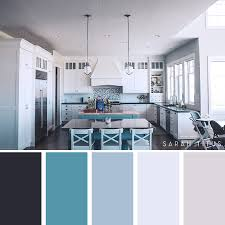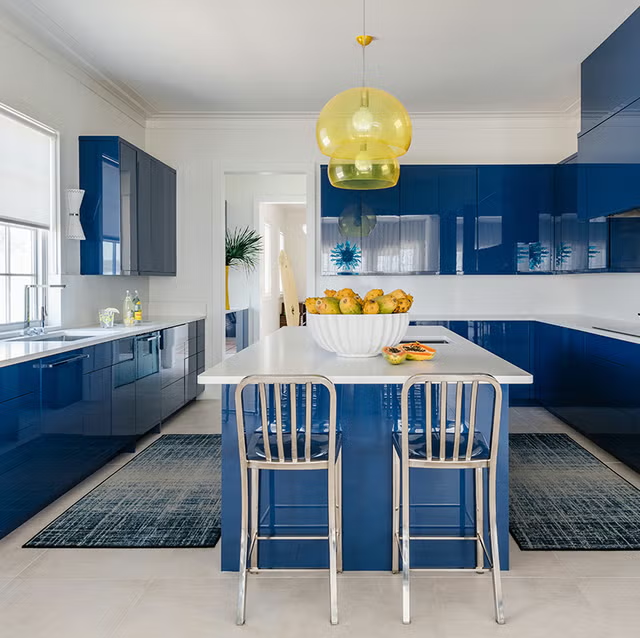The colors you choose for your home do more than just beautify the space—they influence your mood, energy levels, and even how big or cozy a room feels. That’s why choosing the right color palette for your home is one of the most important steps in interior design.
At Ravo Interior, we understand the power of color psychology and aesthetic balance. Whether you’re redecorating one room or designing an entire house, this guide will help you create a cohesive and visually appealing palette.

Why Color Matters in Interior Design
Colors aren’t just visual—they evoke emotions. Soft hues like pastels promote relaxation, while bold tones like red and orange bring energy. When you’re choosing the right color palette for your home, it’s essential to consider the purpose of each room.
- Living Room: Warm neutrals or calming blues for a welcoming vibe
- Bedroom: Soft, muted shades like lavender, grey, or sage for relaxation
- Kitchen: Bright tones like white, yellow, or green to boost energy
- Bathroom: Aqua, teal, or soft beige for freshness and calm

1. Understand the Basics of the Color Wheel
Start with the color wheel to understand how different hues interact:
- Complementary Colors: Opposite on the wheel (e.g., blue and orange), they create vibrant contrast.
- Analogous Colors: Next to each other (e.g., blue, blue-green, green), they offer harmony.
- Monochromatic: Variations of the same color in different shades for a minimal, modern look.
Use this foundation when choosing the right color palette for your home to ensure visual consistency.

2. Consider Natural Light
The amount and direction of natural light greatly affect how a color appears.
- North-facing rooms: Use warm tones to balance cool lighting.
- South-facing rooms: Almost any color works due to bright daylight.
- East-facing rooms: Opt for warm yellows and golds to enhance morning light.
- West-facing rooms: Cool colors can balance strong afternoon light.
Understanding your light exposure is key to choosing the right color palette for your home that feels just right throughout the day.
3. Stick to the 60-30-10 Rule
This classic interior design rule helps create a balanced palette:
- 60%: Dominant color (walls, large furniture)
- 30%: Secondary color (upholstery, curtains)
- 10%: Accent color (art, cushions, accessories)
This approach is simple yet powerful when you’re choosing the right color palette for your home—especially if you’re not sure where to start.
4. Use Neutrals as a Base
Neutral shades like white, beige, grey, or taupe are timeless and versatile. They create a clean canvas for pops of color and allow easy updates over time.
A neutral base helps you maintain flexibility while still applying choosing the right color palette for your home as an ongoing process.
5. Think Beyond Walls
Color isn’t just for paint. Consider textiles, artwork, rugs, cabinetry, and even lighting. Using color thoughtfully across various surfaces adds depth and character.
When choosing the right color palette for your home, include elements like cushions, curtains, and flooring in your decision-making process.
6. Match Colors with Emotions
Each color brings a certain emotion or mood into your space. Here’s a quick guide:
- Blue: Calming, good for bedrooms and offices
- Green: Refreshing, ideal for kitchens or living rooms
- Yellow: Energizing, great for kitchens or kids’ rooms
- Grey: Sophisticated and calming
- White: Clean, bright, and expansive
- Red: Passionate and bold, best used as an accent
Let these emotional cues guide you in choosing the right color palette for your home based on how you want to feel in each room.
7. Don’t Ignore Flooring and Fixed Elements
Existing flooring, cabinets, and countertops should be part of your color planning. Choose wall and furniture colors that complement rather than clash with these elements.
For example, earthy flooring pairs well with warm tones, while grey floors suit cooler palettes.
8. Sample Before You Commit
Always test paint samples on your wall and observe them at different times of the day. Lighting changes can drastically alter how a color looks.
Sampling ensures your choice supports the goal of choosing the right color palette for your home wisely and confidently.
Why Trust Ravo Interior with Your Home Design?
At Ravo Interior, we combine creativity with color science to deliver balanced, beautiful spaces tailored to your lifestyle. Whether you want a peaceful retreat or a lively, vibrant environment, our design experts help in choosing the right color palette for your home based on function, mood, and aesthetic harmony.
We don’t just follow trends—we craft timeless, practical, and personalized interiors that feel like you.
Conclusion: The Right Colors Make All the Difference
Choosing the right color palette for your home is more than picking pretty shades—it’s about creating spaces that feel good and function well. Start with a base, explore combinations, test shades, and think about the energy you want each room to give off.
If you’re still unsure where to begin, https://ravointerior.in/Ravo Interior is just a call away. Let us help you bring your vision to life with the perfect blend of colors and creativity.
